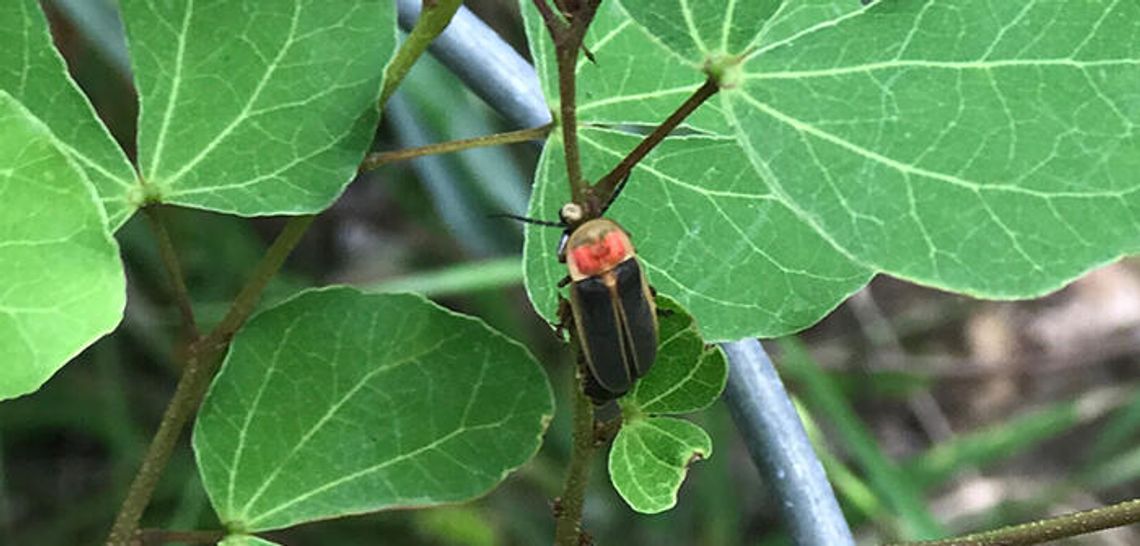[dropcap]O[/dropcap]h my. Oh no. Unbelievable. Creekside Nursery, a large wholesaler of Texas natives, uses pesticides. This word I have from Shelly Saunders, with Creekside’s Customer Service.
You’ve probably seen Creekside Nursery’s green and white tag, if you’ve purchased “Texas plants” locally.
In checking on my new (in-the-ground) Dutchman’s pipevine, I read a review of a species (gigantea) with an instance of Swallowtail caterpillars showing signs of sickness and dying. The blogger assumed the species was toxic.
Not so. Going to the grower, Creekside responded to me they sell the vine as an “ornamental”, not as a food source. The note from Creekside’s customer service says, “we use several pesticides.”
Another shock came when I got moved up the chain at one of my local sources for natives, I was told, “We sell plants as ornamentals, not as a food source.”
WHAT?! Insects and wildlife, attracted to the natives, cannot be told, “May be deadly. Stay away.”
So, my caution goes to humans. If you want to provide for wildlife, grow from non-GMO seeds or cuttings. Or, buy from certified organic growers.
Joe, a Master Gardener who teaches classes, said my pipevine can be thoroughly washed with a solution of a little dish soap or baby bath soap and water (sprayed with hose) to remove pesticides.
The pesticide that washes off will be encapsulated, less likely to cause damage. And, even without the washing, as long as there is no genetic modification, the plant will be safe for wildlife in about 5 months
Most Texans I know (maybe I run in green circles?) purchase native plants in order to provide for native wildlife. I purchased Dutchman’s pipevine, with smelly flowers, to attract flies and other flying insects for “my” Ash-throated Flycatchers. And, I was thrilled that it would attract Swallowtail butterflies who would lay eggs on the plant, that would hatch as caterpillars with a ready food source.
Of course, looking at it from the other side, it would be quite difficult to cultivate a full 3-gallon beautiful vine if it was left susceptible to destruction by a few caterpillars.
A Master Gardener friend told me how exciting it was when Monarch caterpillars appeared on milkweed before a plant sale. But, before the day of the sale, the $10 plants were eaten to a stem.
In clearing away Johnson grass from near my Antelope’s Horn milkweed, growing at my driveway, I unearthed a spider with an unearthly appearance. This quarter-sized, hairy-legged spider has a black vinyl-shiny abdomen and legs. It looks prehistoric. On our Facebook pages, Ron Tom and I have two guesses “trapdoor spider” and two guesses “tarantula.”
On Resurrection Sunday morning, I watched Eastern Bluebirds pull dog hair offered in a suet feeder for the nest cup of their second nest, with youngsters from their first clutch watching.
Remember, it was exactly two months ago that this pair gathered soft nest cup material for her to weave into their first nest. Then, we watched blue eggs and ugly nestlings that became feathered. Now, less than three weeks after the first babies fledged, the process repeats itself, while the young still beg for food.
If you have not walked in the early evening recently, you might want to put on insect repellant and stroll. Fireflies abound to the extent that four fireflies flew in when KissMe pushed open our bedroom’s French door on Sunday night.
On Monday morning, I photographed (with my handy dandy iPhone 7’s portrait feature) a firefly on our small Anacacho Orchid Tree. By daylight, it’s quite the colorful beautiful beetle, with red, yellow, and shiny vinyl black.
Texas has about 40 species of in the Firefly Family (Lampyridae.) TexasEnto.Net seems to show that Mountain City’s fireflies are Photinus concisus, endemic to Central Texas.
A spotlight up the trunk of a Mountain City Oak makes for stunning nighttime décor. The beautifully lit live oaks we see are on Maple, near Live Oak.
Over on Juniper, Rebecca Perucca has a new a-salt weapon. The “Bug-A-Salt” gun, intended for flies, fires a stream of salt water a distance of about 3 feet.
An Amazon review shows a dead scorpion. A big weapon should be easier to find than an empty pill container without a childproof lid. Such was my challenge when I responded to KissMe’s unrelenting barks in our dark dining room while RonTom was away. I decapitated the scorpion trying to trap it with a turned over pill bottle, before slipping a card underneath and flipping.
I wonder if there’s a “Cat-A-Salt” weapon to deter the black and white cats that come from more than one direction to kill birds and lizards in our yard.
Rebecca reports the weapon is great fun. She didn’t say who cleans up the salt water.
What will you report to Montage? Give it a grain of salt thought, please. Send to [email protected]











